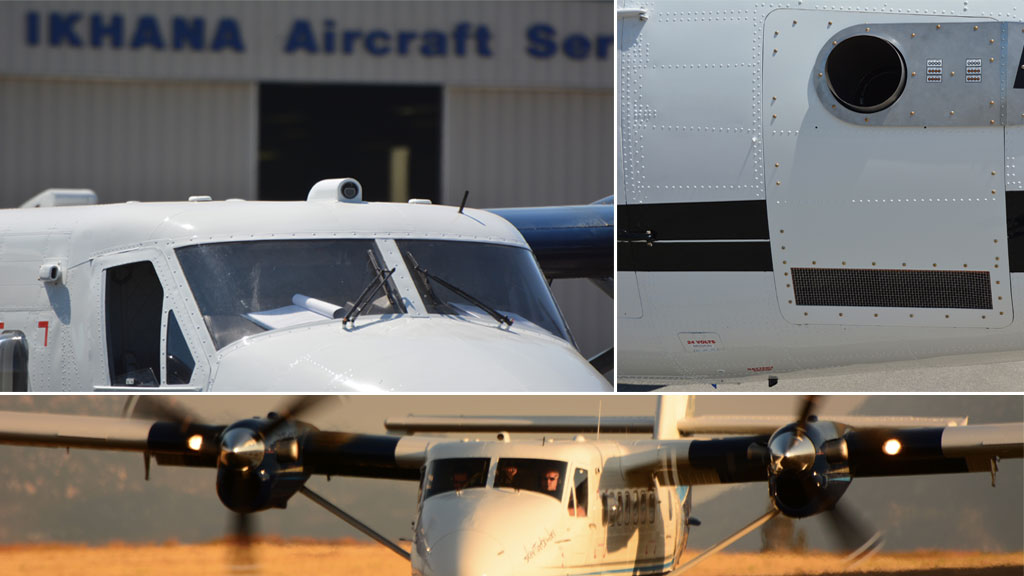IKHANA Aircraft Services (IKHANA) achieved a new FAA STC for their latest DHC-6 Twin Otter upgrade, the RWMI DHC-6-100HPTM/-200HPTM. The STC is an approved performance enhancement for the DHC-6-100/-200 series replacing the original PT6A-20 engines with PT6A-27 series engines. With authorization to operate at 50 PSI (620 SHP) of available torque, the modification provides improved performance especially under hot day high-pressure altitude conditions. The RWMI DHC-6-100HPTM/-200HPTM matches the available power of a DHC-6-300 series, but differs from IKHANA’s RWMI DHC-6-200HGTM STC by keeping the original Maximum Take-Off Weight (MTOW) at 11,579 pounds (5252 Kg). IKHANA’s RWMI DHC-6-200HGTM STC provides increased power and a MTOW up to 12,500 pounds (5670 Kg). “Not all DHC-6-100/-200 operators benefit from increased payload, but they all want better performance,” stated John Zublin, president and CEO of IKHANA. “This upgrade also supports aircraft fleet compatibility, improves utility, and returns value to the airframe, keeping with our philosophy of providing customers with options.”
IKHANA has also developed an APU installation for the DHC-6 Twin Otter series. An operator needed to provide supplemental electrical power generation capability in support of special missions payloads and came to IKHANA for the request, who now offers the installation as a new enhancement product. “The electrical power now available is several magnitudes above that generated by the aircraft engines alone and is now a real option for operators needing power to support their missions,” Zublin said. “We see this APU modification as a means to help future ideas develop into real technologies.”
Additionally, IKHANA has achieved an STC for its Enhanced Vision System (EVS) for the DHC-6 Twin Otter series aircraft using the Astronics Max-Viz EVS 2300 sensor. The Max-Viz 2300 provides pilots situational awareness and safety by enabling them to see more precisely during day or night in adverse weather conditions such as haze, smoke, smog and light fog, even at night. “IKHANA is always looking to apply innovations that improve utility, and safety while expanding Twin Otter capabilities,” Zublin stressed. “EVS offers a unique capability that fits well within the Twin Otter’s typical operating mission in remote unimproved fields or other low visibility situations. As an alternative to computer database synthetic visions systems, the EVS 2300 provides the flight crew with a real-time visual situational awareness image that results in an additional level of safety for low visibility missions.”
